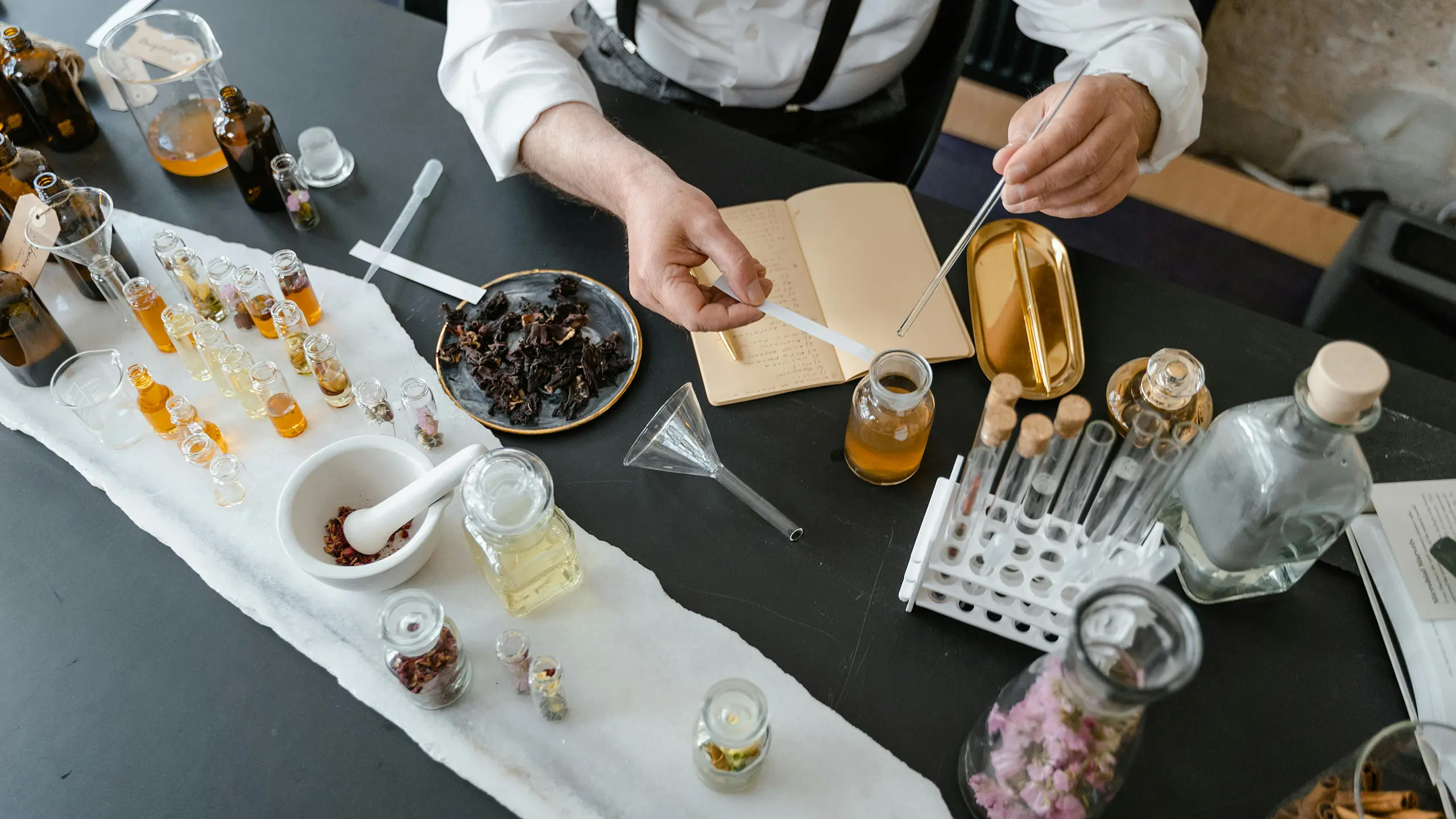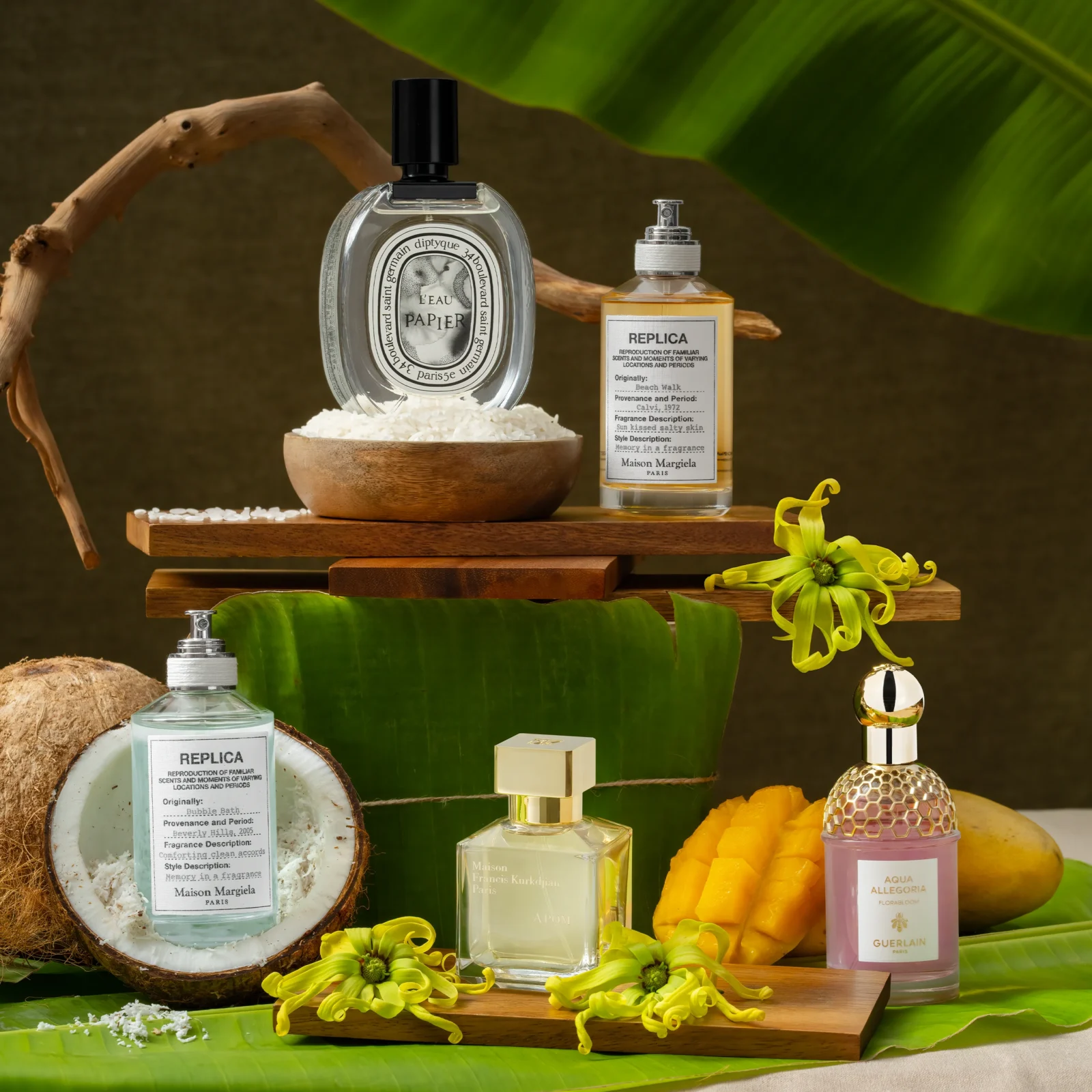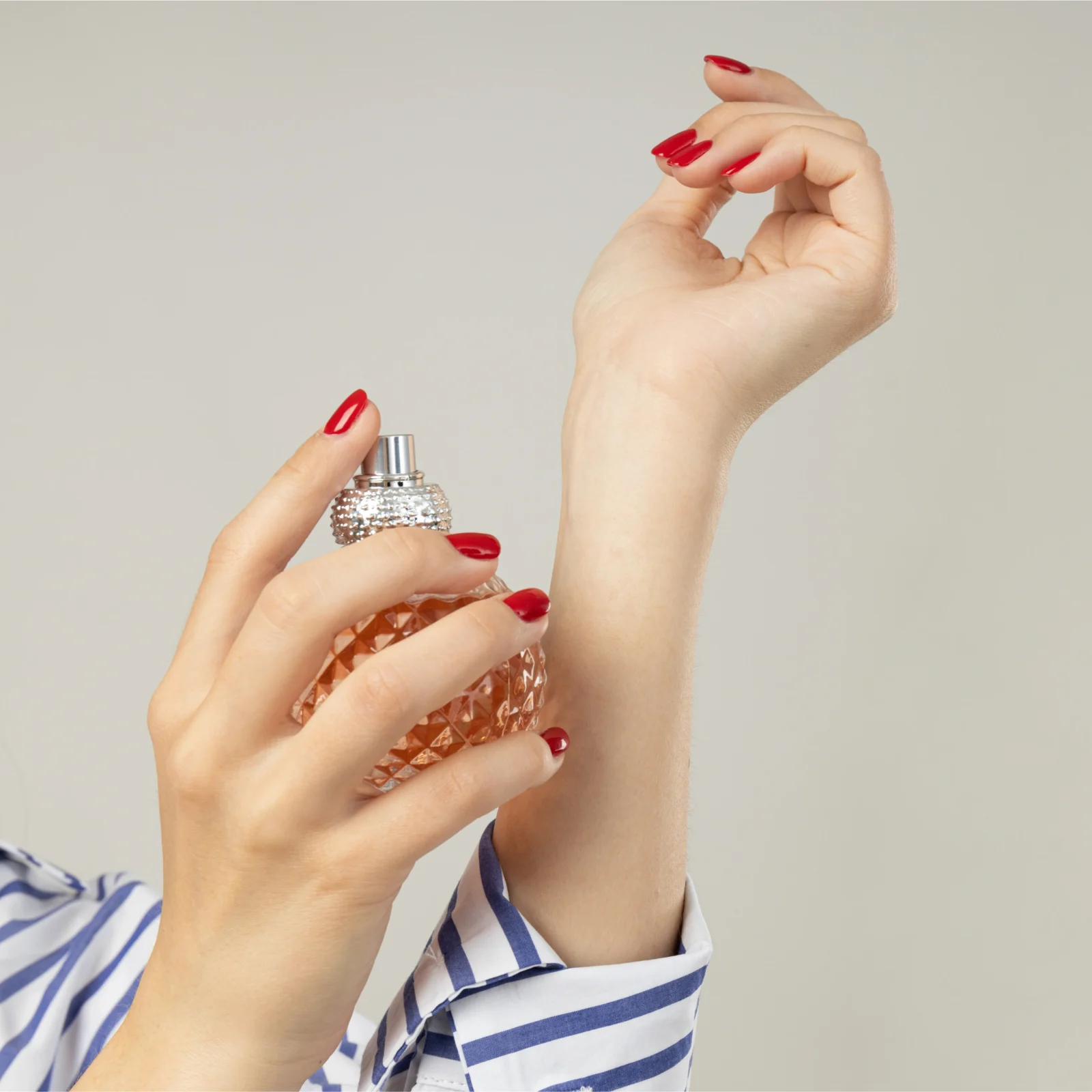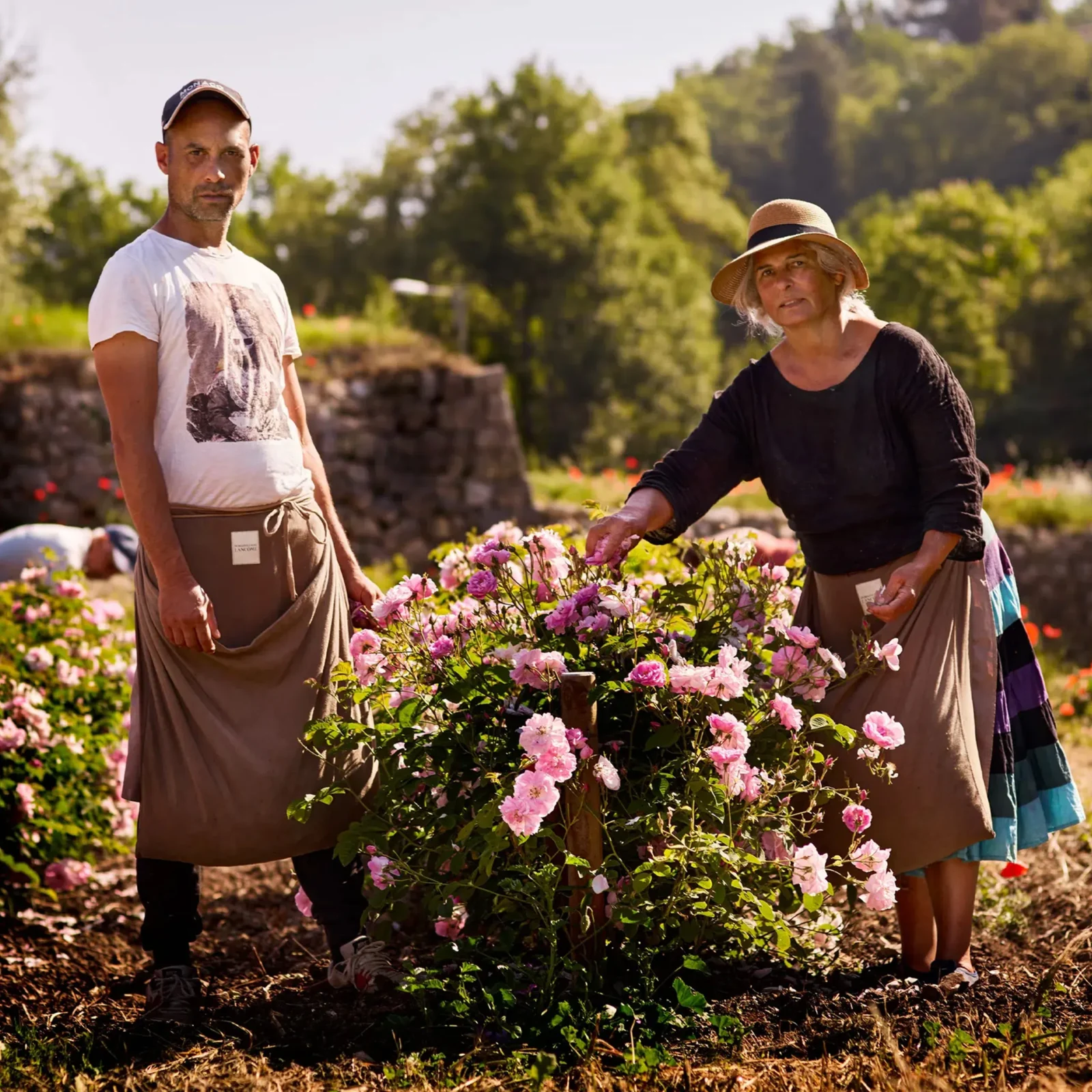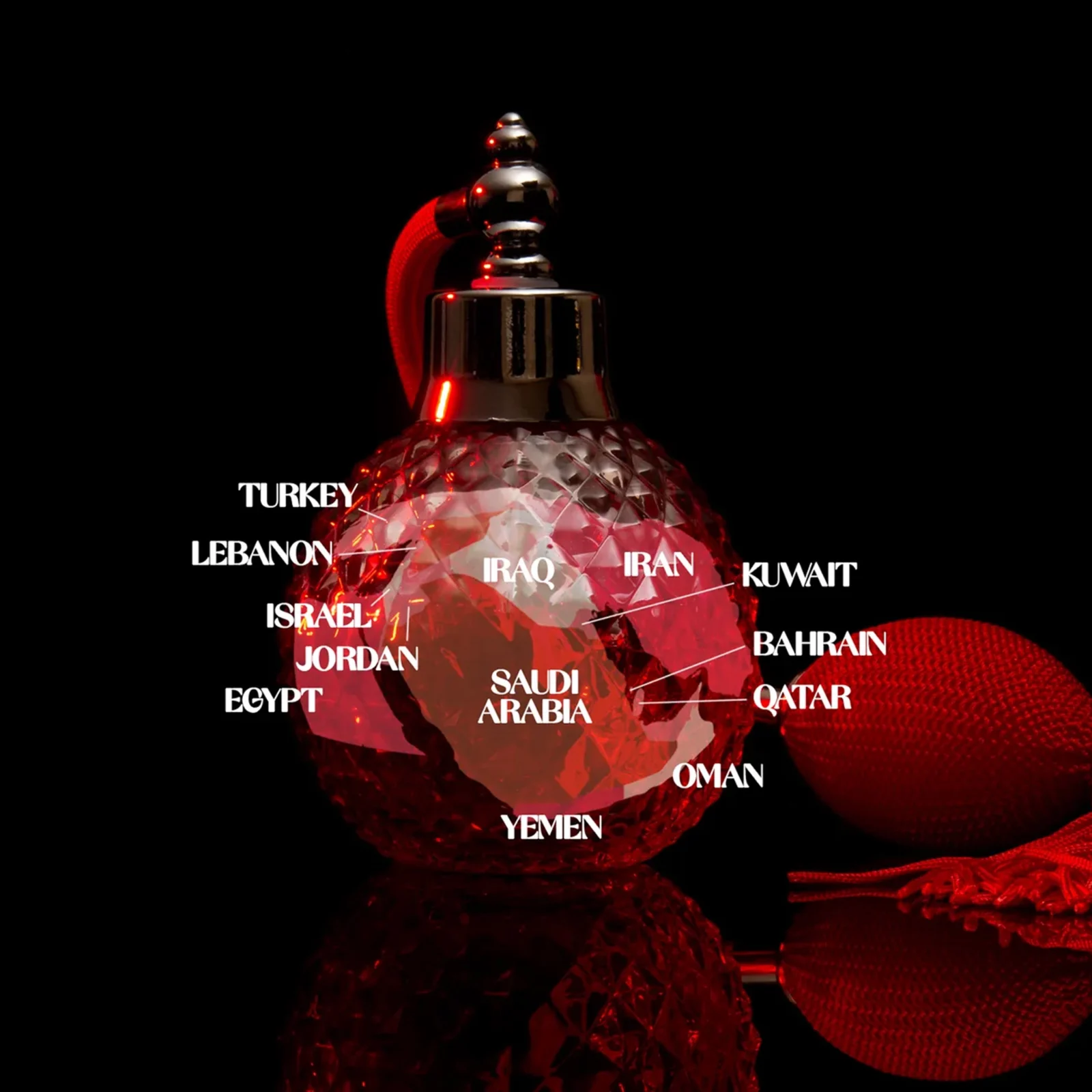The Fragrance Glossary: Common Scent Terms You Need to Know About
Let’s understand the language of scents.
By Leira Aquino
Describing a scent can feel as elusive as capturing a dream. For many, it boils down to “smells good,” “too strong,” “fresh,” “floral,” or “sweet.” It’s like trying to explain a color to someone who can’t see it—frustrating, limited, and honestly, a little repetitive. And don’t even get us started on perfume shopping. What’s the difference between eau de parfum and eau de toilette? Why is one pricier? And what’s all this talk about top notes, base notes, and fragrance families?
This just proves that the art of perfumery is more intricate than it seems. From deciphering fragrance families to understanding how notes evolve, the language of scents can be a bit overwhelming for beginners.
To know more about the basics, Allure Philippines spoke with Renato Lopena Jr., a perfumer, aromatherapist, and entrepreneur who is the first Filipino to become a member of the 300-strong International Society of Perfumer-Creators. Lopena is also the co-founder of the Filipino Perfumers Society, which aims to educate future perfumers. We also chatted with Oscar Mejia III, a Filipino perfumer who honed his craft in Paris and Grasse, France, under the mentorship of internationally-acclaimed French perfumer Nicolas de Barry.
Why understanding fragrance terms matters
Whether you’re a perfume aficionado or just getting started, understanding the language of scents can help you make more informed choices when buying a fragrance. As Lopena explains, “It is important to know these key terms so that you know what to expect when you smell or purchase a fragrance.” He also highlights that understanding these terms helps consumers know which notes work for them.
These terms don’t just make you a more informed shopper—they also deepen your appreciation for the artistry behind every perfume. As Mejia says, “Fragrances are inspired works.” It’s not just about technical terms, it’s also about “how the fragrance makes you feel, the memories it brings, and the emotions it evokes.”
Every bottle has a story—let’s read on.
The Fragrance Glossary (A to Z)
Accords
An accord is a blend of two or more ingredients or fragrance notes that create a new unified scent profile, says Lopena and Mejia. Some examples of perfume accords are floral, citrus, and fougere. “Accords allow perfumers to design complex fragrances by blending different ingredients harmoniously,” Mejia adds.
Ambery
Formerly known as “oriental” and now better referred to as “ambery” fragrances to avoid colonial connotations, these fragrances are rich, sensual, and opulent. They often contain balsamic notes, such as amber and resins. Classic examples, according to Lopena, include Guerlain’s Jicky and Shalimar, while modern examples include Carolina Herrera’s Good Girl and Chanel’s Coromandel.
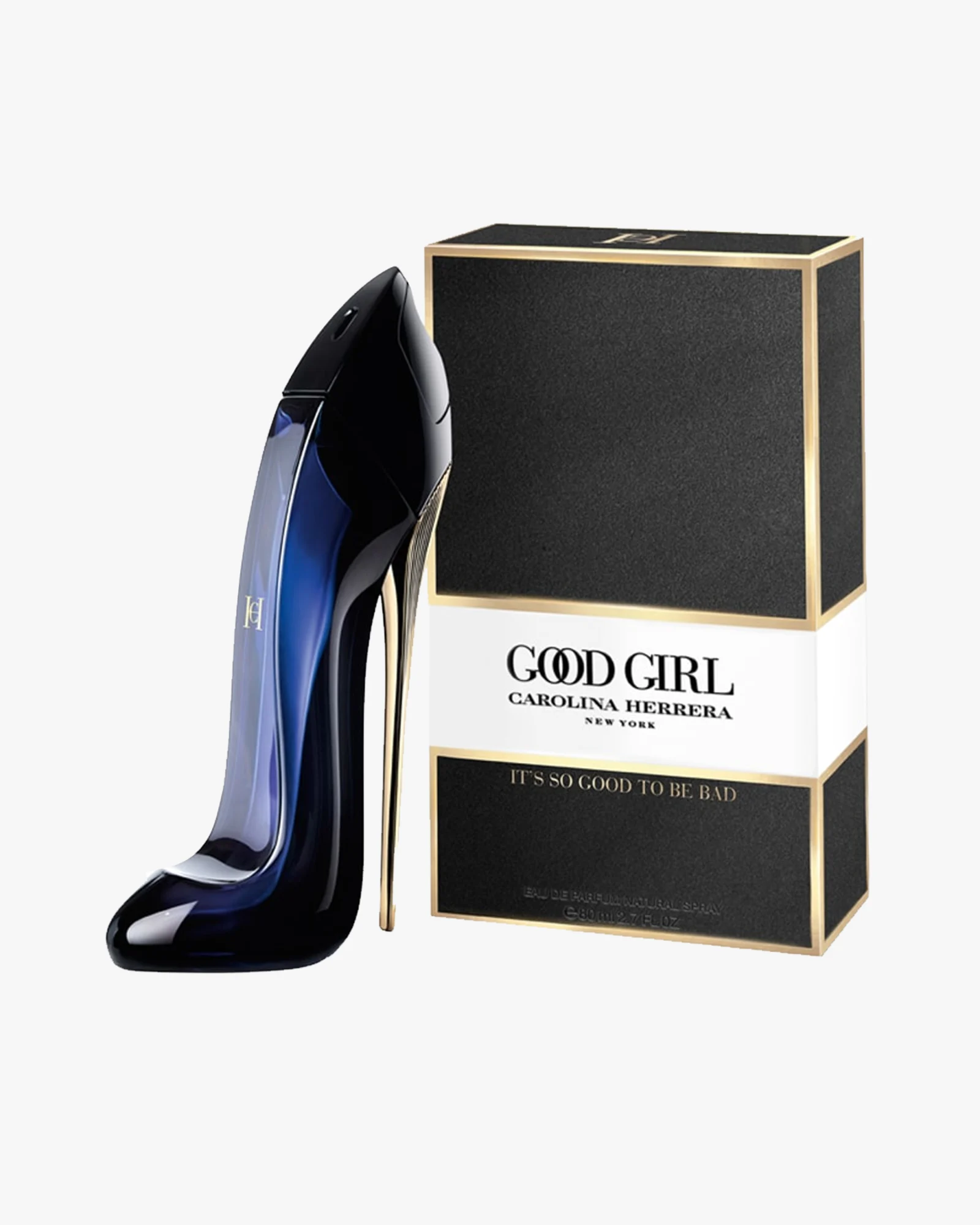
Carolina Herrera Good Girl
Aquatic
Aquatic fragrances are often described as fresh, clean, and reminiscent of water or ocean, according to Mejia. They evoke the sensation of being near the sea, with notes like marine, sea salt, and algae. “These are often used in androgynous fragrances,” he says. This scent is often experienced in light, refreshing perfumes, and are preferred especially during the summer months.
Notable examples include Giorgio Armani’s Acqua di Gio, which blends bergamot with marine accords, and Ralph Lauren’s Polo Blue, a scent that embodies the essence of open waters.
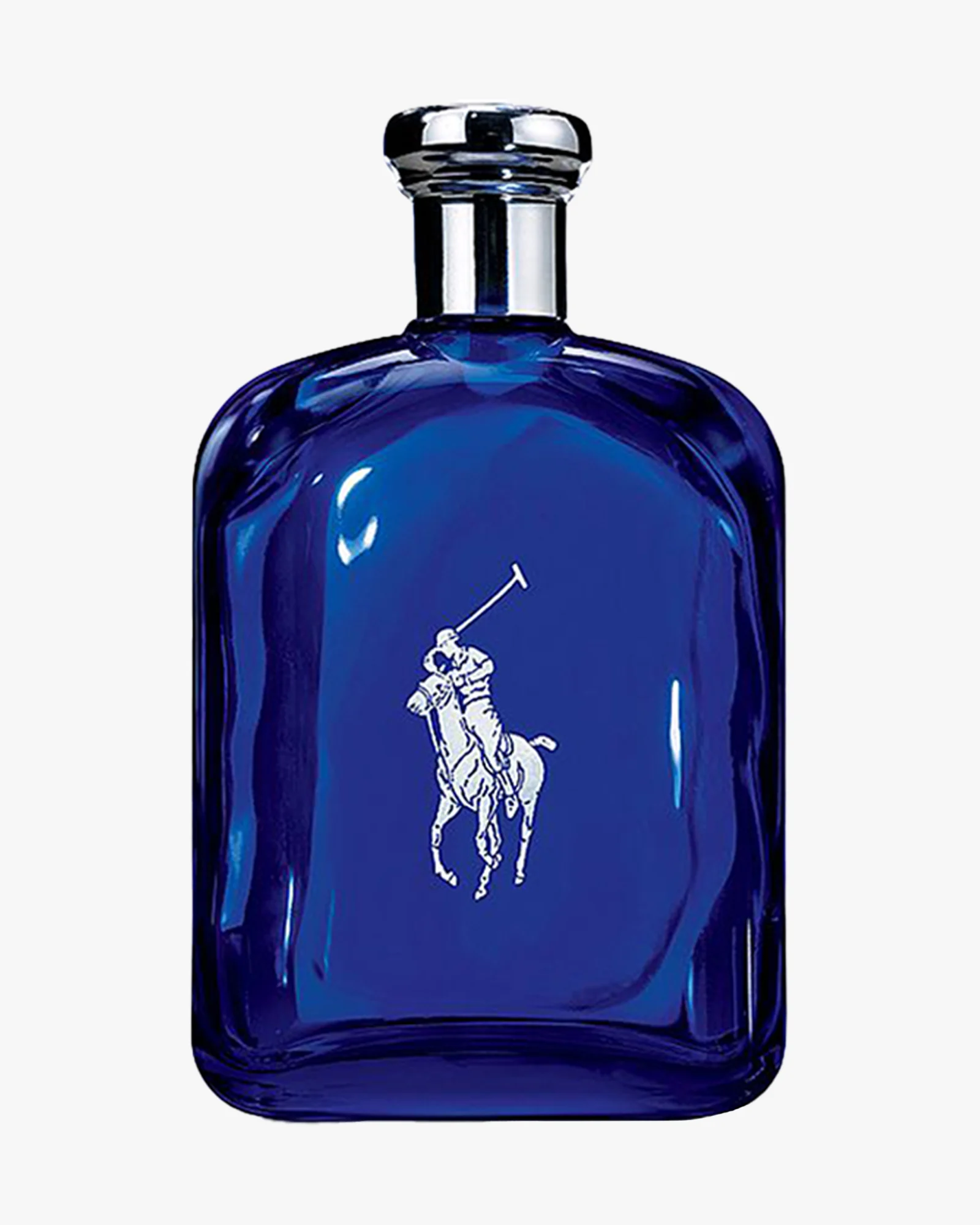
Ralph Lauren Polo Blue Men Eau de Toilette
Base Notes
Base notes are the foundational elements of a fragrance and emerge after the lighter top notes have faded or as the perfume dries down. These notes are the heaviest and most lasting, lingering on the skin for hours or even days. Lopena explains: “The base notes are the ones that will linger on the skin for more than an hour to a day due to their heavy molecular structure.” Mejia says these notes often come from woods, musks, and balsams, which “tend to evaporate slowly hence these components stay on the surface the longest.”
Chypre
Chypre fragrances are known for their complex structure, which combines citrus notes with earthy, mossy undertones, often featuring oakmoss, patchouli, and labdanum. Chypre fragrances can feel both fresh and musky, offering a sophisticated balance between light and dark elements. “These fragrances are often deep, chic, and sophisticated,” Mejia describes.
A standout in this category is Clinique’s Aromatic Elixir, a classic chypre-floral fragrance known for its rich and non-conformist character.
Citrus
Citrus fragrances are fresh, zesty, and energizing. They typically include fruits like lemons, limes, oranges, and bergamot, according to Mejia. “Perceived as fresh and energizing, its sparkling overture makes them popular for daytime wear,” he says. In tropical climates like the Philippines, citrus scents like Jo Malone’s Lime Basil & Mandarin Cologne and Calvin Klein’s CK One are particularly favored for their uplifting and refreshing qualities.
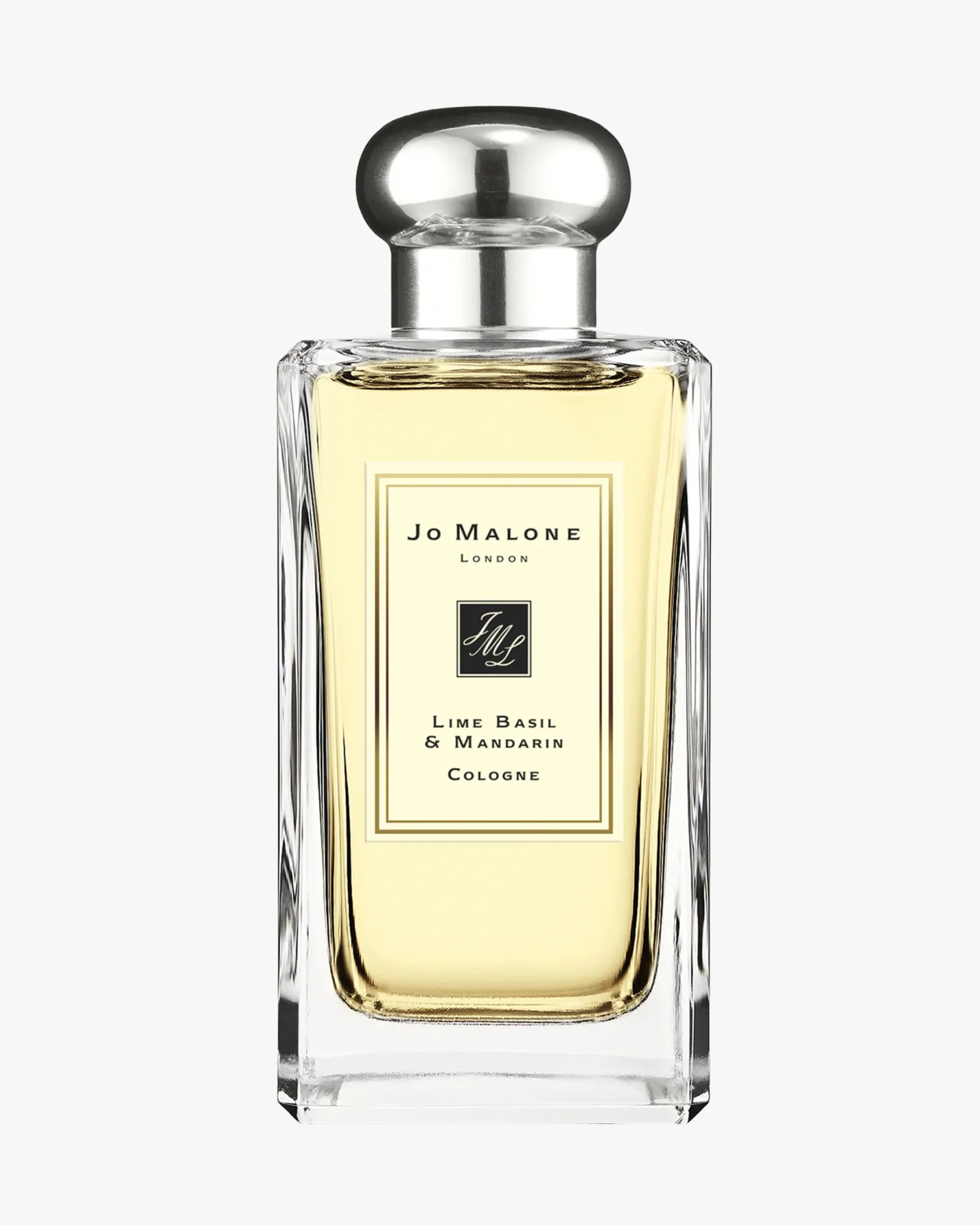
Jo Malone London Lime Basil & Mandarin Cologne
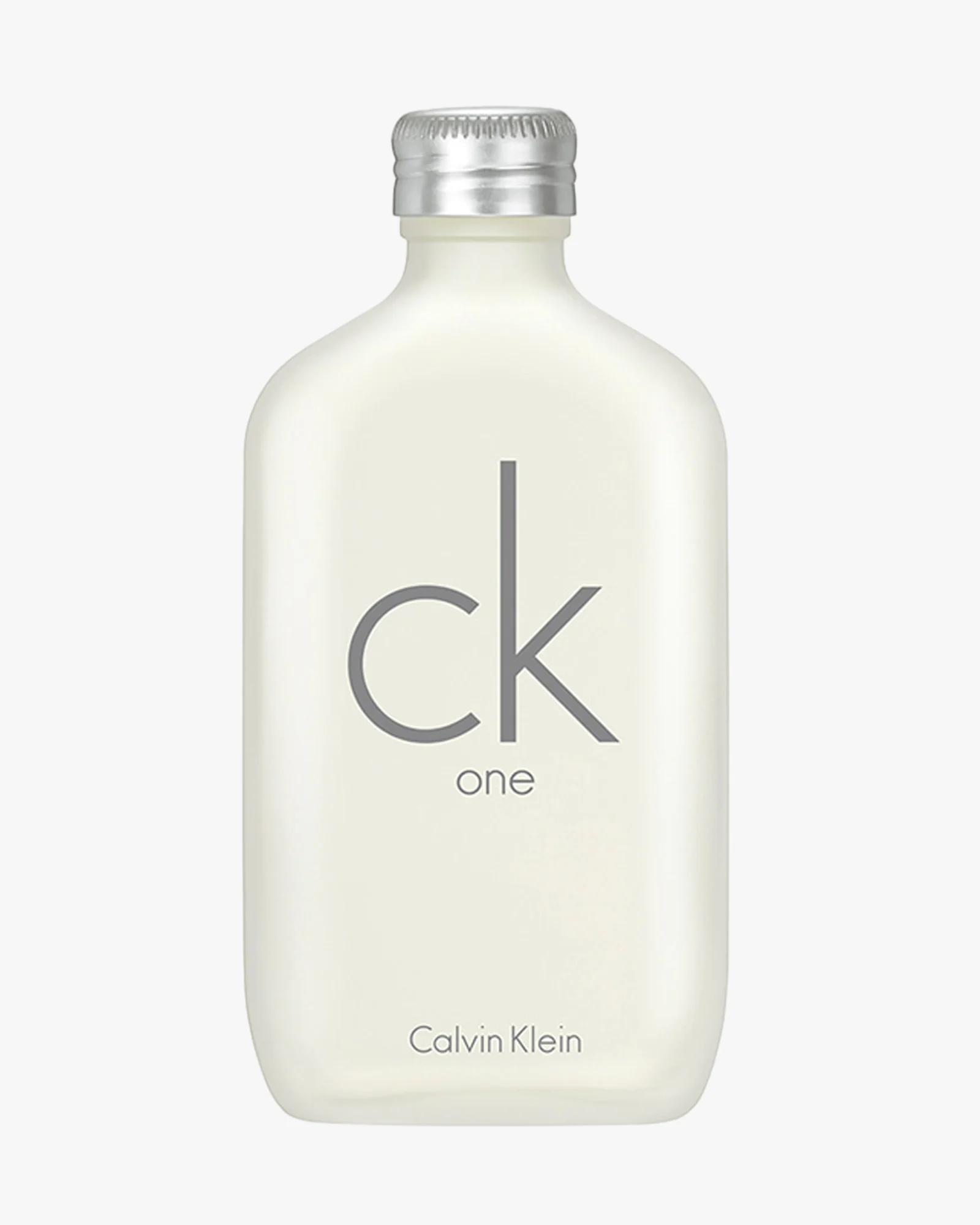
Calvin Klein CK One Eau de Toilette
Eau de Parfum (EDP)
Eau de Parfum is a fragrance concentration that contains 15 to 20 percent fragrance oils. It is richer and longer-lasting than other concentrations, making it ideal for evening wear or special occasions. According to Lopena, “The higher the concentration, the more long-lasting it is.” Mejia adds that EDPs are suited for cooler environments, as the fragrance releases gently over time.
Eau de Toilette (EDT)
EDT contains about 5 to 15 percent fragrance oils and is lighter than EDP. Because the scent is less intense, Mejia notes that EDTs are often preferred for daily wear, especially in warmer climates. Lopena agrees: “If you are looking for a fragrance that is suitable for hot and humid climates, an EDT would be nice,” he says.
Eau Fraiche
Eau Fraiche is a very light fragrance concentration with about 1 to 3 percent fragrance oils. This fragrance doesn’t last long as it is mostly water, which makes it suitable for sensitive skin.
Floral
Floral scent perfumes like Gucci Bloom and Byredo’s Inflorescence are centered around the aroma of flowers, whether it’s a single bloom or a bouquet of multiple flowers, Meija notes. He describes this fragrance family as evoking “feelings of love and beauty,” and they are often associated with femininity, though he emphasizes that “it should not stop men from enjoying them too!”
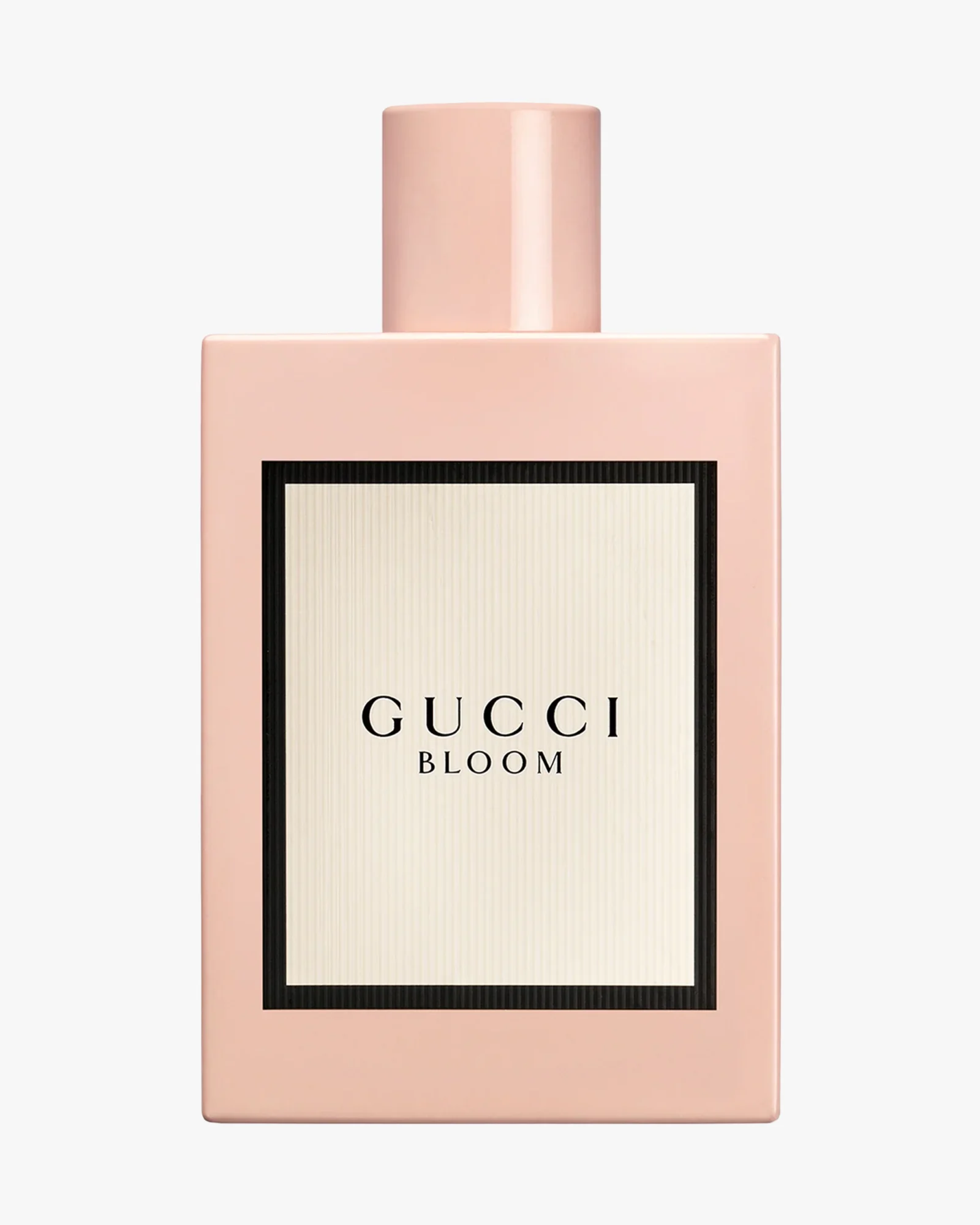
Gucci Bloom Eau de Parfum
Fougere
Fougere is a term that means “fern-like” in French, according to Lopena. Fougere fragrances are often fresh and herbaceous, with key notes of lavender, oakmoss, and patchouli. Classic examples are Guy Laroche’s Drakkar Noir and Brut Parfums Prestige’s Brut. Modern fragrances like Dior Sauvage and Bleu de Chanel also fall under this category.
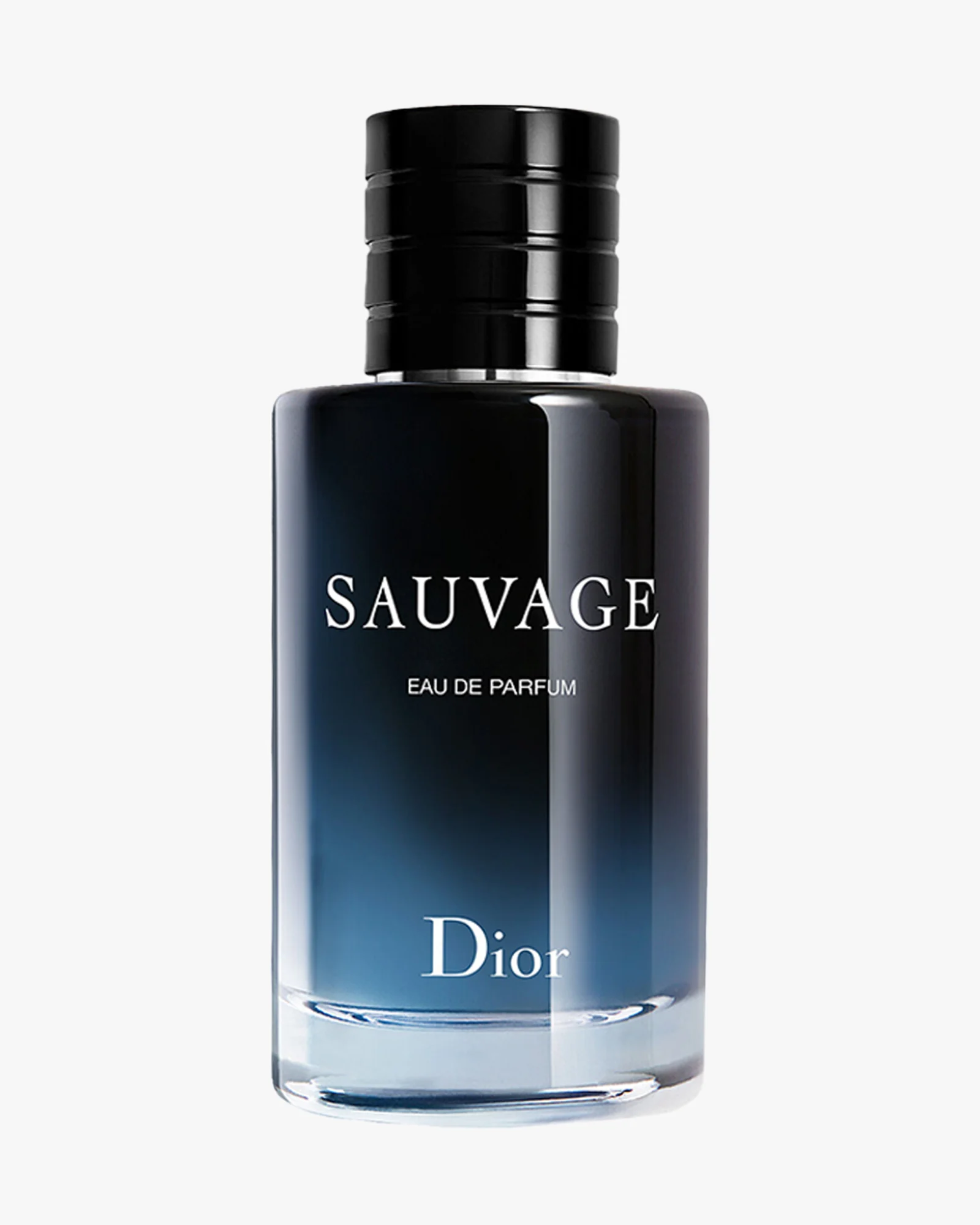
DIOR Sauvage Eau de Parfum
Gourmand
Gourmand fragrances are deliciously sweet and often evoke the scent of food or desserts. Notes such as vanilla, caramel, chocolate, and praline are common in this category, Lopena says. You might be familiar with Thierry Mugler’s Angel Eau de Parfum, known as the first modern gourmand scent and a fan favorite to this day. Launched in 1992, it changed the game with its bold, sweet, and addictive aroma, setting the stage for gourmand fragrances as we know them.
Longevity
Longevity is the duration a fragrance lasts on the skin. “Longevity may vary depending on the concentration of fragrance, quality of materials used, and its interaction with your skin chemistry,” notes Mejia. Lopena simplifies it as “the staying power of the perfume or how long it lasts on the skin.”
Materials
Materials are the raw ingredients used to create scents. “These can be natural extracts from plants, flowers, fruits, or animal sources, coming in [different] forms, such as essential oils, absolutes, resinoids, or CO2 extracts,” explains Mejia.
Middle Notes
Middle notes, also known as heart notes, emerge after the top notes have evaporated. They usually reveal themselves 10 to 15 minutes after spraying, Mejia explains. These notes make up the body of the fragrance and are typically floral, fruity, or spicy. Lopena describes them as “the notes that give the real character of the fragrance,” typically lasting from 30 minutes to an hour.
Notes
The term “notes” refers to the individual elements that make up a fragrance. “You may liken a perfume to a musical composition made up of notes that harmoniously blend together to create a symphony,” says Mejia. It has three layers—top, middle, and base notes. Together, they create a harmonious composition, evolving over time from the bright opening to the warm, lingering finish. It’s a symphony for your senses. Lopena adds that understanding this evolution is key to appreciating a fragrance fully, as each stage reveals different facets of the scent.
Projection
Projection refers to the distance a fragrance radiates from the wearer’s skin. You know that moment when someone walks into a room, and you catch their scent right away because it fills the room? That’s projection. Mejia calls it “the power of presence,” while Lopena describes it as “the scent bubble of a perfume or how strong and far it travels.”
Sillage
Sillage is the lingering scent trail a fragrance leaves behind as you move. Lopena describes it as “the scent trail of a perfume when it evaporates,” while Mejia explains that it’s “how long it lingers in the air as the wearer moves.”
If projection is how far a fragrance radiates from your skin in the moment, sillage is what remains after you’ve passed by.
Spicy
Spicy fragrances feature aromatic spices like cinnamon, clove, and pepper. These fragrances often feel “warm, yet stimulating,” describes Mejia. They are perfect for colder weather or evening wear, creating a cozy, inviting atmosphere.Some good examples of spicy fragrances include Yves Saint Laurent’s Black Opium Eau de Parfum and Maison Francis Kurkdjian’s Grand Soir.
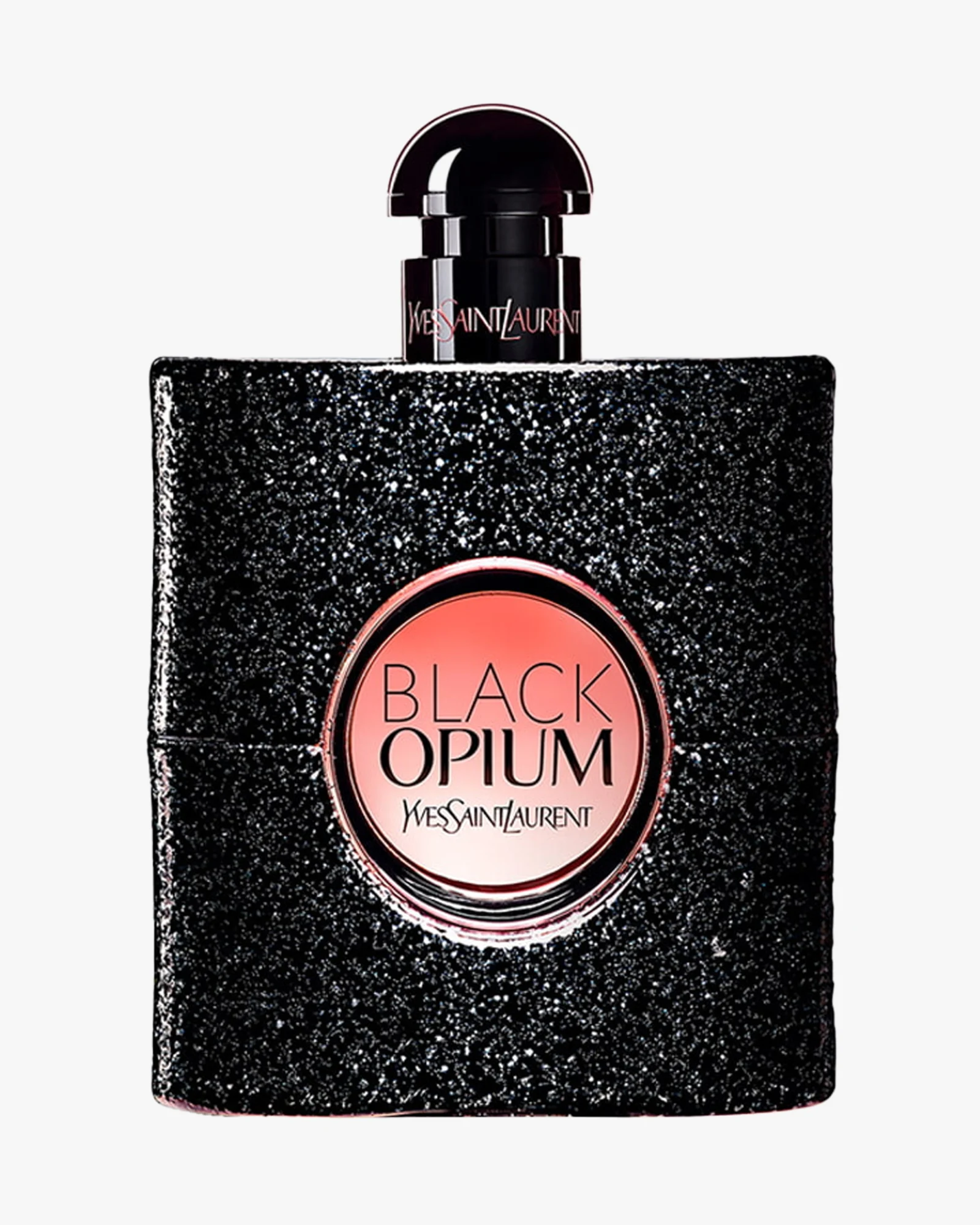
YSL Beauty Black Opium Eau de Parfum
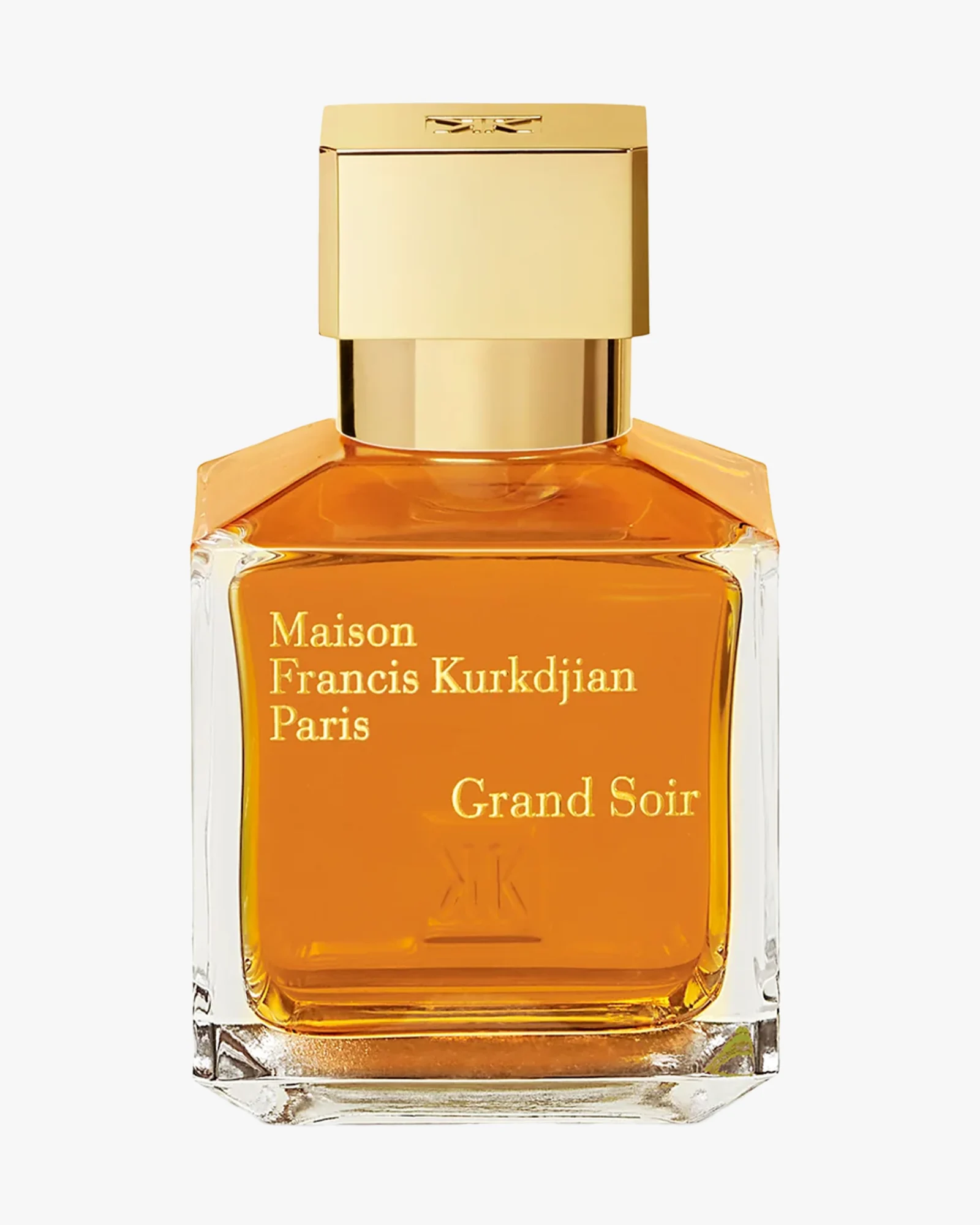
Maison Francis Kurkdjian Grand Soir Eau de Parfum
Top Notes
Top notes are the first elements you experience when you spray a perfume. These are the most volatile components, evaporating quickly. Lopena explains that “the top notes are made up of light and very volatile aromatic ingredients,” and typically last for 5 to ten minutes. Usual examples of these types of notes include citrus scents, as well as light floral scents.
Woody
Woody fragrances like the famous Le Labo’s Santal 33 and Tom Ford’s Oud Wood are grounded in the scents of trees and plants, such as cedar, sandalwood, and agarwood. These fragrances often evoke a sense of warmth and earthiness. Lopena notes, “Woody, by the word itself, means those that smell like wood,” and they provide depth and richness to many perfumes.
You might also like
To provide a customized ad experience, we need to know if you are of legal age in your region.
By making a selection, you agree to our Terms & Conditions.